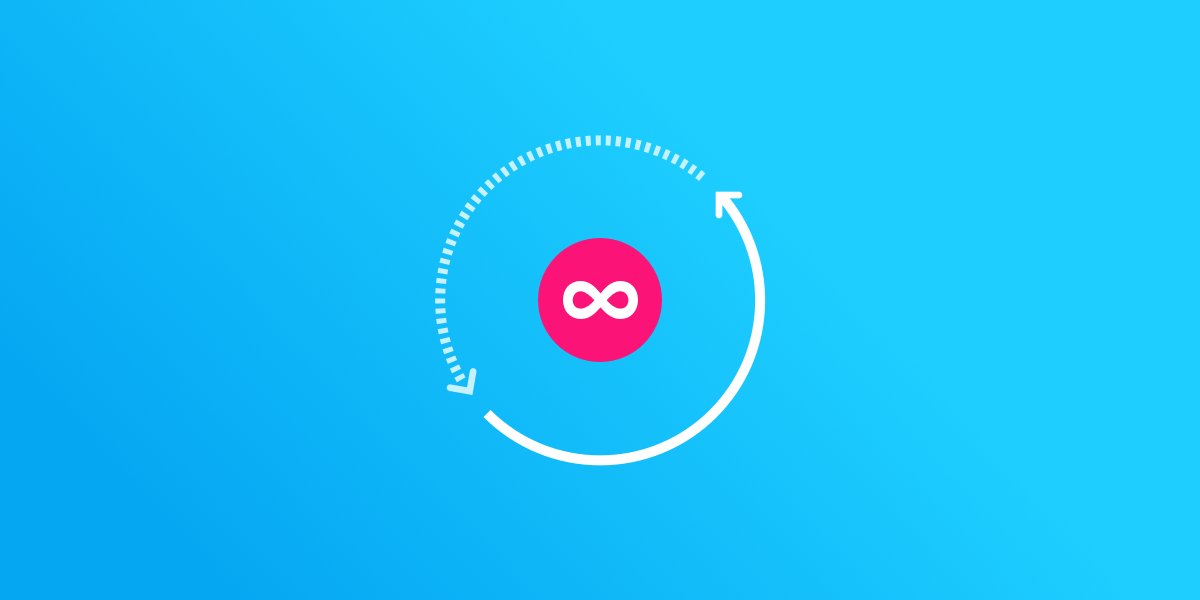There’s a lot of talk in startup land (and even in enterprise worlds) about utilizing Agile methodologies to build Minimal Viable Products (MVPs). The idea of incremental iteration, based on tests and data, is a great way to assess a feature set’s success. Yet, this Agile method is a dangerous approach to creating products for emerging startups.
There is a core issue that this method doesn’t play well with. Before you have an existing product, it’s hard to decide on what features to build. Every business has finite resources, but this is especially true for early stage Startups. Time is their most precious resource, the problem with Agile development being that it poses a risk to time management. For startup founders, the goal is to get to product-market-fit as soon as possible and with as much risk mitigated as possible.
Issues With Agile MVPs
Here’s the problem, Agile creates a system where it is easy to endlessly change components from week to week. Frequently this is from an insecurity toward the feature set. How can a team be sure of features until they test? It is pretty challenging to get everything right the day of launch. Yet, a hesitance towards launching will prevent teams from true growth. This prevents learning what could have worked and building better products with that knowledge. It’s like those overused Startup Vitamin sayings proclaiming their motivations in company offices, “Just ship it.”
Methodology
Planning stages concretely in a sequential non-iterative system, like a Waterfall approach, allows teams to minimize risk, decrease time to market, and launch with a product that has a solid test plan. Ideally, this approach gets you to product-market in less time, saving everyone money. This means a team would time box a part of the process, confirm them and move onto the next stage. If this next stage is wireframing, this too would be timeboxed. Upon completion the team would move into design, then development, etc. With a straightforward step-by-step approach, teams can work backwards either from budget or from time to launch, decide these two factors first, and know how many and which features should be built into the final product scope.
Once you’re out in market, only then you can start on your Agile journey of testing, iterating, and updating in a cyclical pattern. At this point, you’ll be armed with data to back up those iteration cycles and you’ll save money and headaches in the process.
For all things digital, check out our thoughts here.




